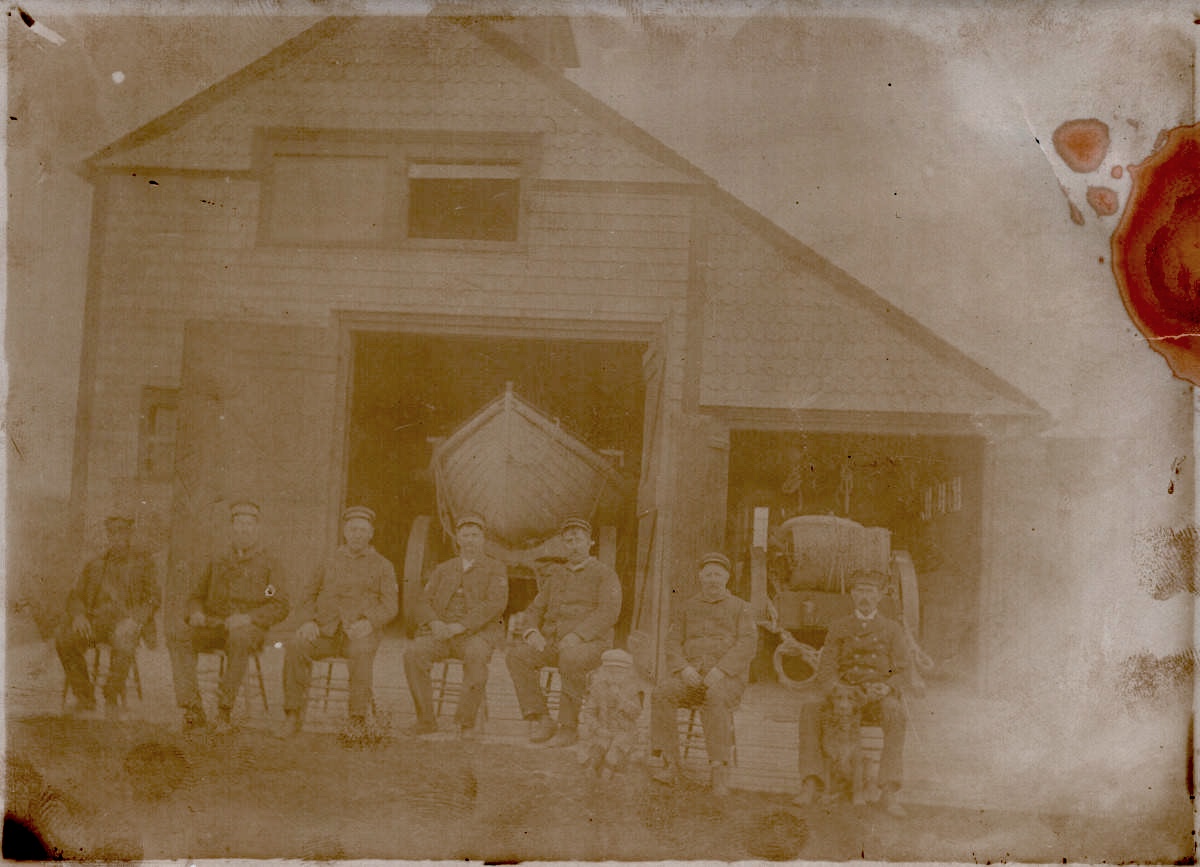
Life-saving service history is linked to early Chinese practices, like the Chinkiang Association for the Saving of Life established in 1708.
It was the first life-saving station institution in the world, consisting of a complex series of stations dotting the coastlines of rivers, bays, and oceans. Chinese benevolent societies and the Imperial Chinese government also sponsored life-saving services utilizing manned stations and specially built lifeboats. Chinese practices influenced early European and American life-saving operations.
Maritime rescue in the Americas is rooted in work by the Massachusetts Humane Society founded in 1785. The society constructed small huts along the shoreline to shelter shipwrecked sailors. The Humane Houses, or Charity Houses, were stocked with food, candles, kindling, and fuel. The society launched the first American lifeboat, a 30-foot-long whaleboat manned by ten men, in 1807.
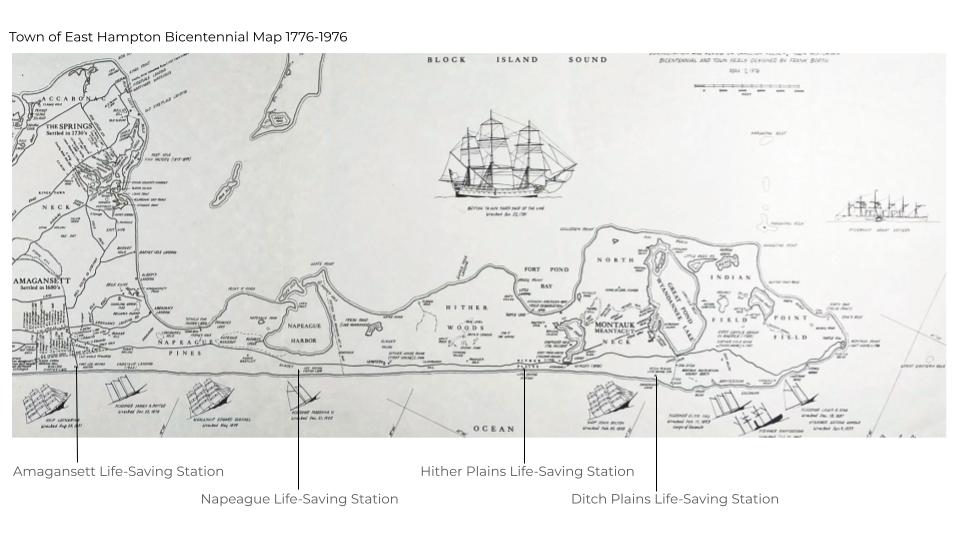
Life-saving stations guarding the southern shore of Long Island began appearing in the latter quarter of the 19th century after congressional support allocated funds to create a life-saving system that spanned the Atlantic and Pacific coasts and the shoreline of the Great Lakes. It wasn’t until 1878 when the Act to Organize the Life-Saving Service was passed by Congress, forming the U.S. Life-Saving Service to manage the network of disparate stations.
“There had been an upwelling of public support among intellectuals, coastal citizens, merchants, and shipping interests. It was a broad coalition of Americans tired of tragic shipwrecks going unassisted,” wrote Shanks and York in The U.S. Life Saving Service.
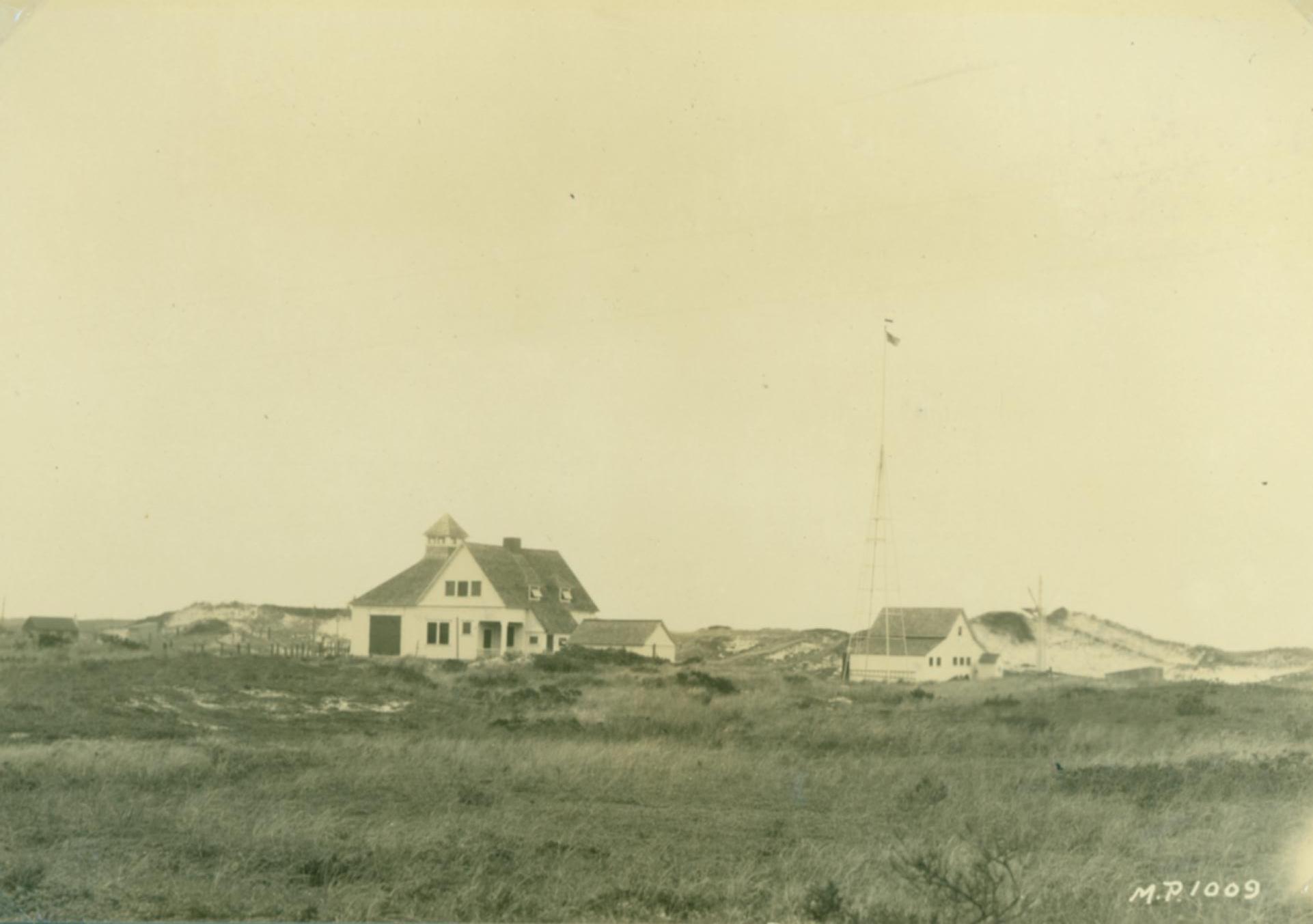
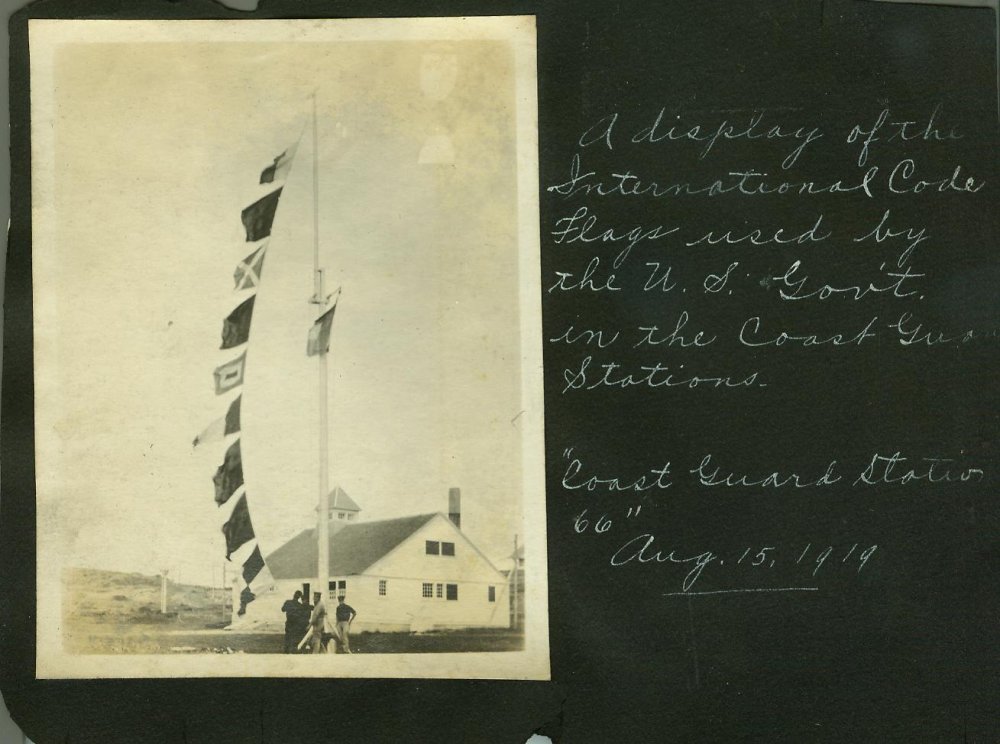
Long Island’s maritime rescue comprised 30 stations from Rockaway Point to Montauk Point located approximately three to five miles apart. A majority of the stations were located on the south shore with only two on Long Island Sound. Men would watch the shoreline, either from station lookouts or on patrol by foot. When discovering a ship in distress, life-savers would alert the nearby station by flare, launching a rescue by lifeboat or firing a line to take people off the ship using a breeches buoy. The first of the stations in Montauk was the Hither Plain Life-Saving Station built in 1871 just half a mile southwest of Fort Pond. It remained in operation until 1933 and was decommissioned in 1948.
The Ditch Plain Life-Saving Station located three and a half miles southwest of the Montauk Lighthouse followed in 1885. Local fishermen and whalers, experienced with self-bailing rowboats, crewed the lifeboats and patrolled the beaches. The Ditch Plains crew was responsible for the rescue of those aboard the shipwrecks of Lewis King in 1887 and the George Appold in 1889.

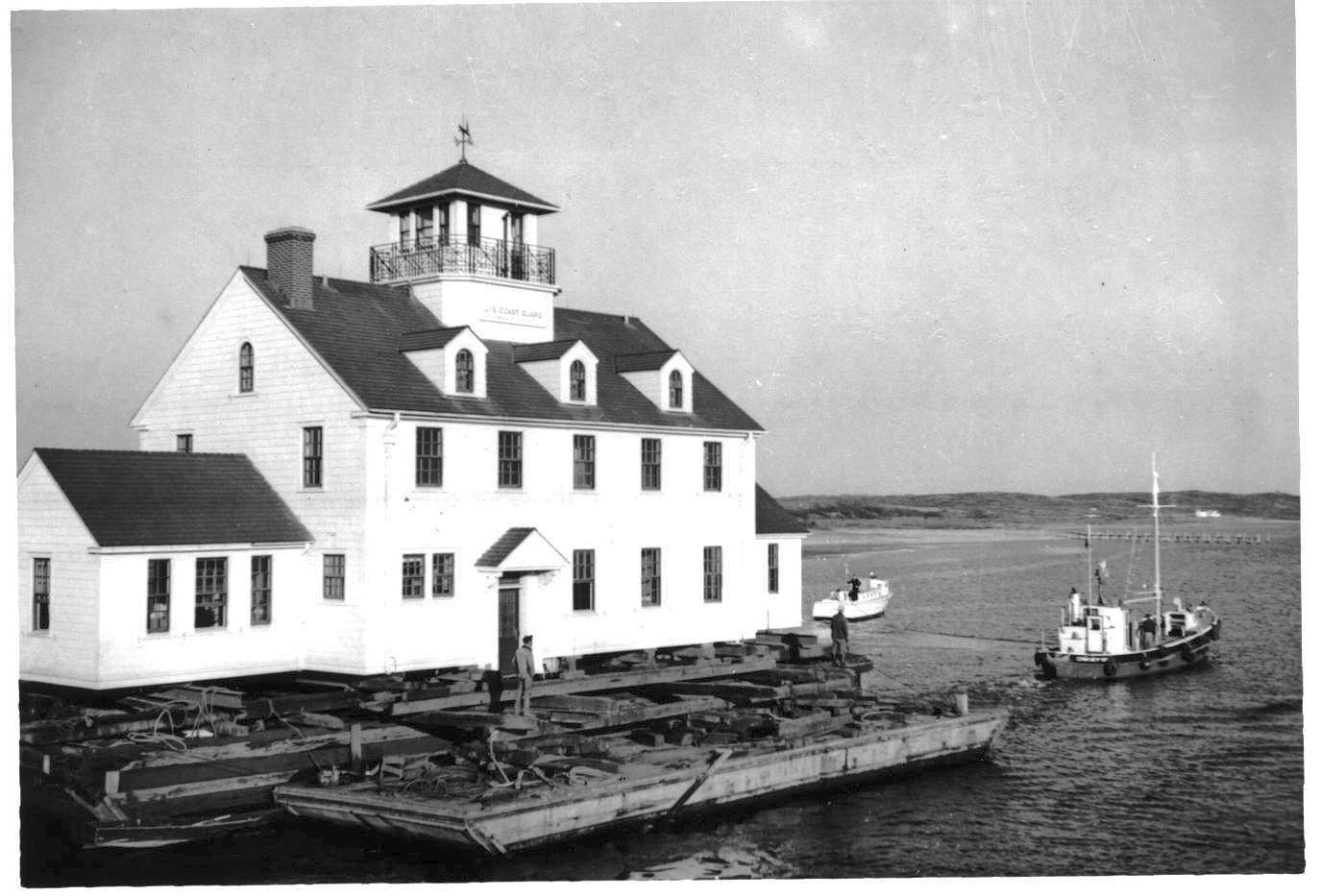
The U.S. Life-Saving Service was in operation until 1915, when it was replaced by the U.S. Coast Guard. In 1954, local Coast Guard stations were consolidated and the Napeague Station was moved to Star Island. During its relocation by barge from Napeague Bay to Lake Montauk, it was blown onto a sandbar by a winter storm. The station remained marooned for two months while tugboats tried to pull it free. The station is still in operation today.

Not far away, in Amagansett, the former Life-Saving Station built in the Quonochontaug style in 1902 now serves as a museum that tells a story of the U.S. Life-Saving and Coast Guard services on the East End in the late 19th and early 20th centuries. Objects and photographs from the Amagansett Life-Saving Station and Coast Guard Museum are now on display at the Montauk Library through December. The exhibit includes models recreating halfway and lifeboat houses that show the evolution of the architecture of early life-saving structures before the system of stations on Long Island was built. Photographs depict the station’s crew, a shipwreck off the southern shore, demonstrations of the breeches buoy and Lyle gun, and the relocation and restoration of the Amagansett Station. A mannequin in a U.S. Coast Guard “Summer” uniform worn by Harvey Richardson, who was stationed at the Coast Guard station in Bellport, in 1929 guards over the exhibit.

2 Comments
A thousand Frederick Beebe lifesaving surfboats, including those used by our East End lifesaving stations, were built in Greenport. The twin forks’ cultures are connected by water!
A great retelling of the Service’s history in a capsule format. Kudos to the Trustees and Docents of the Amagansett Station who keep this story alive.D